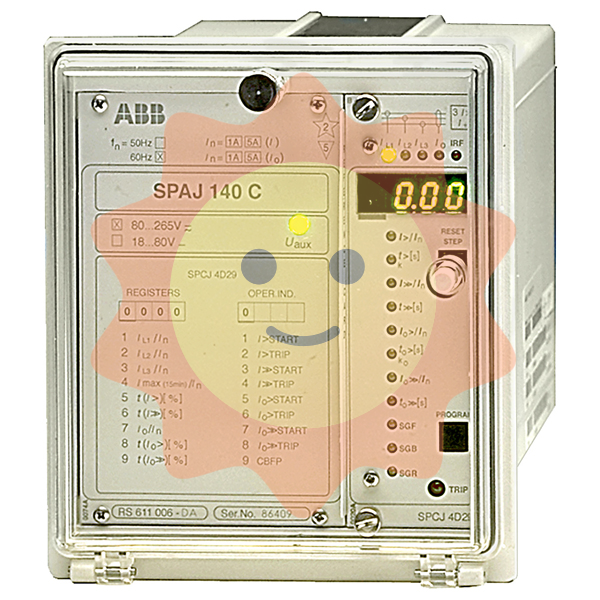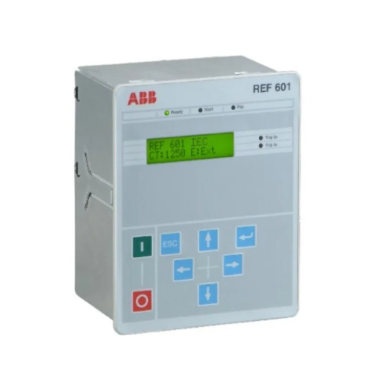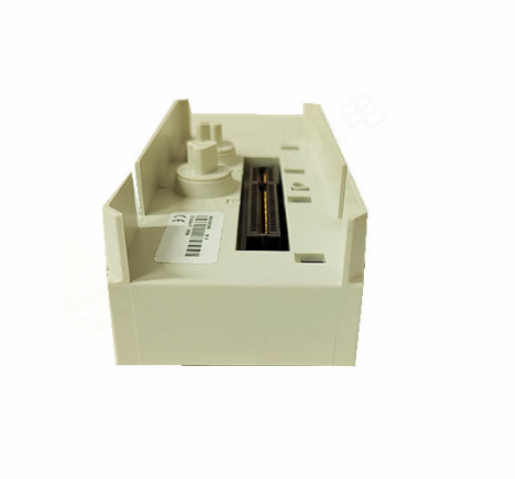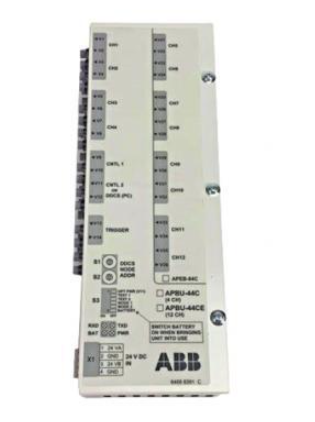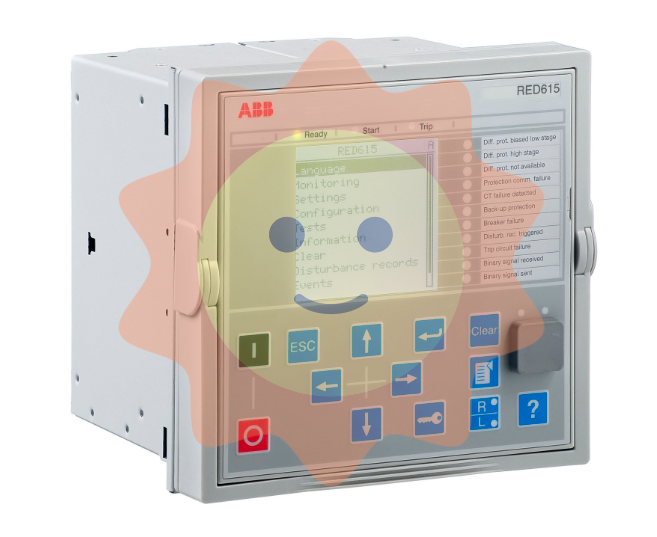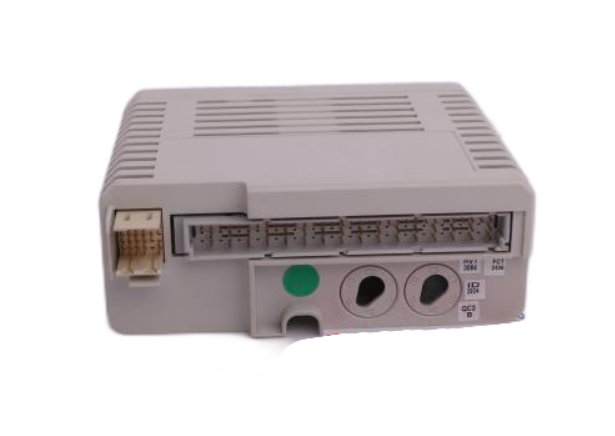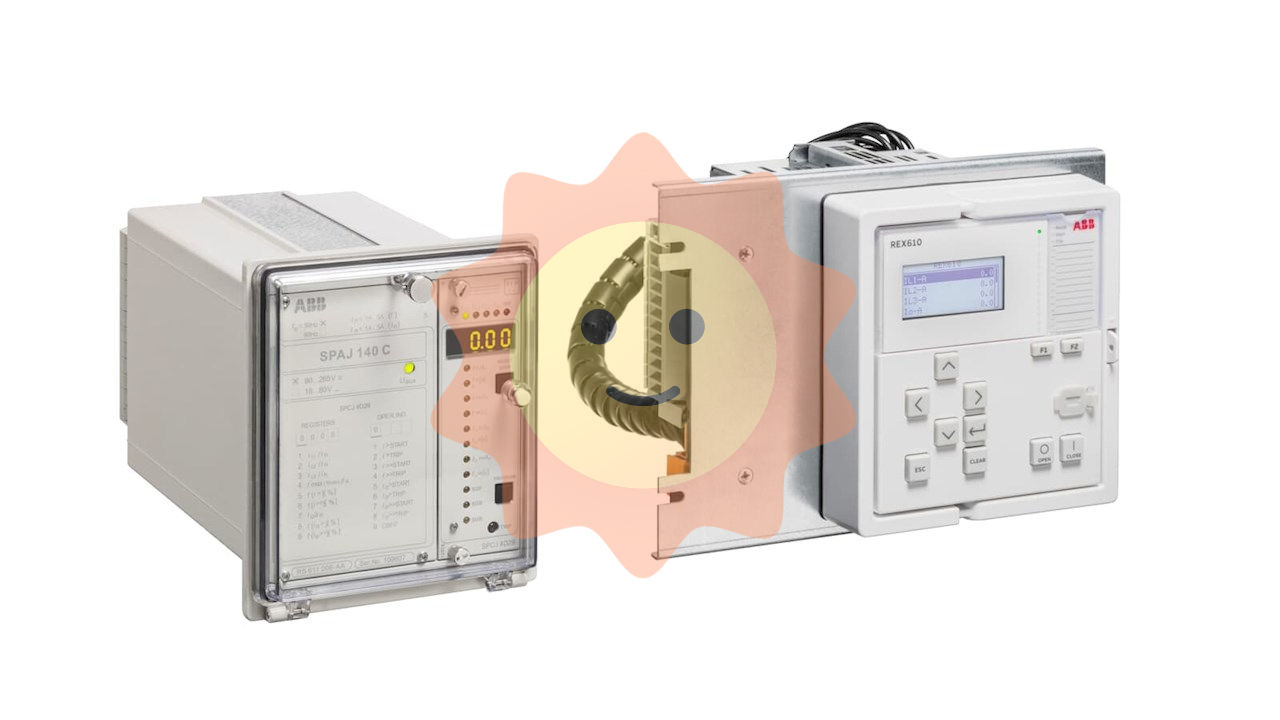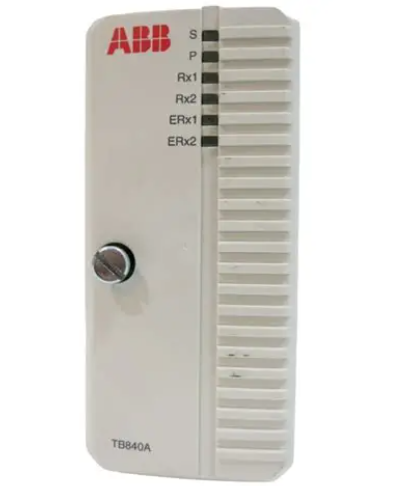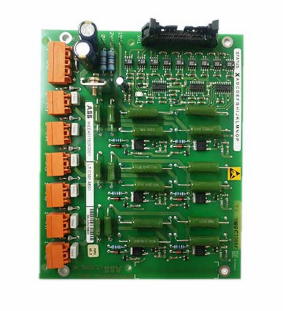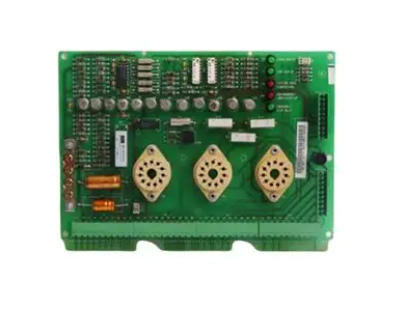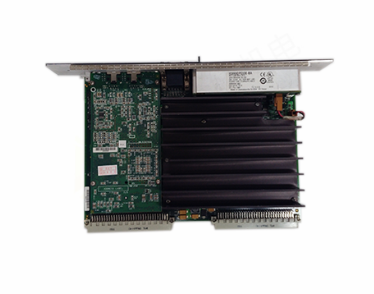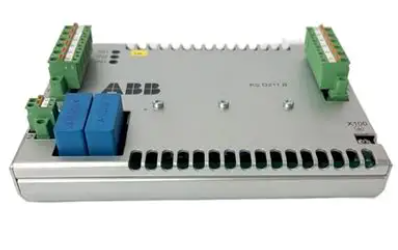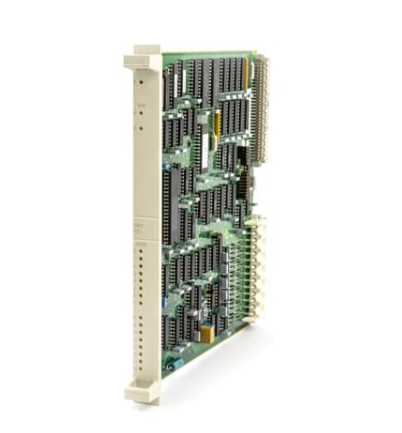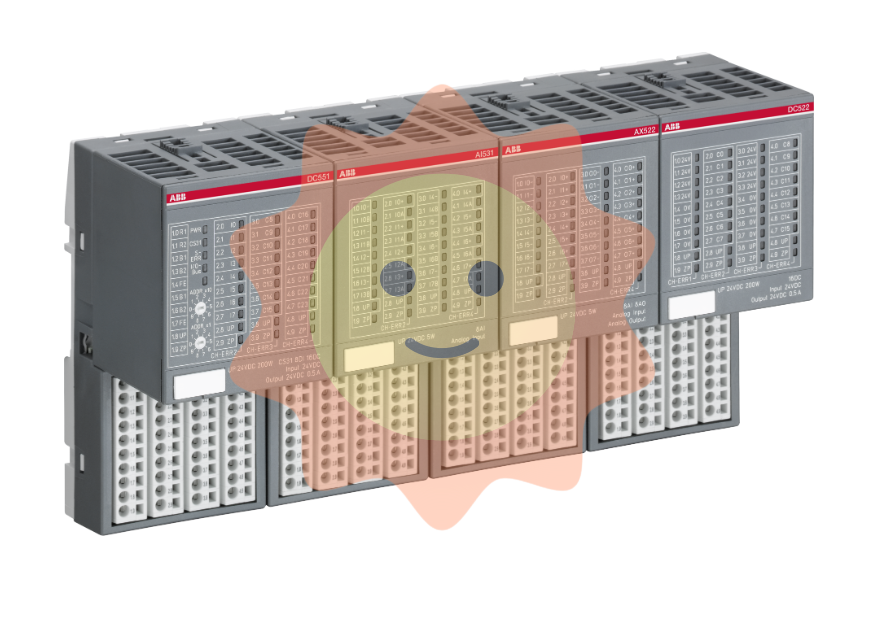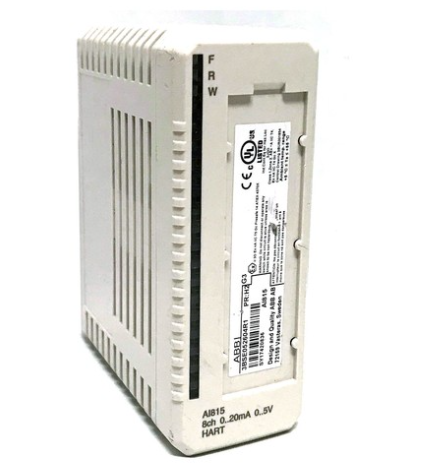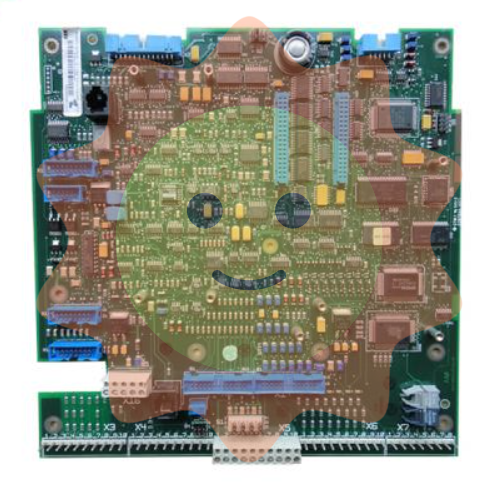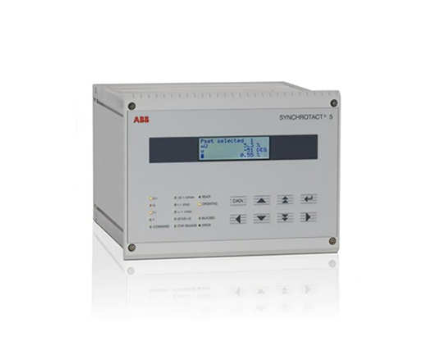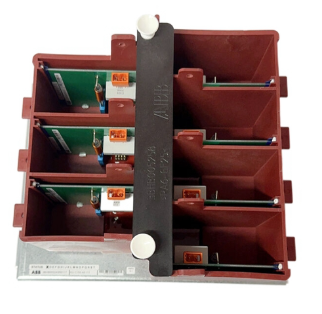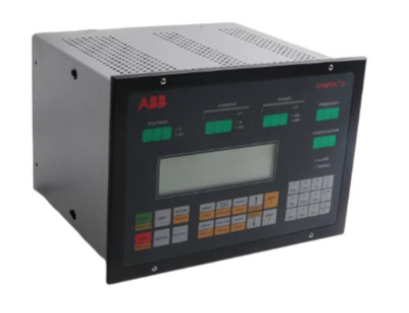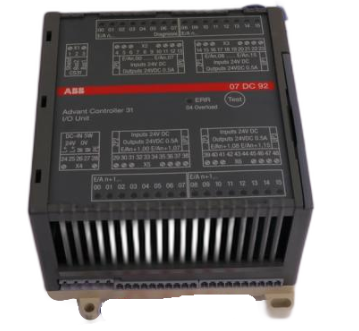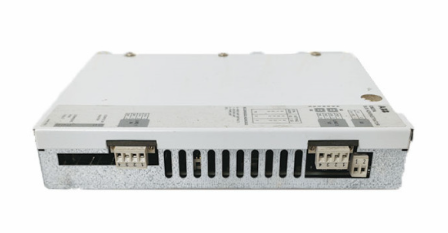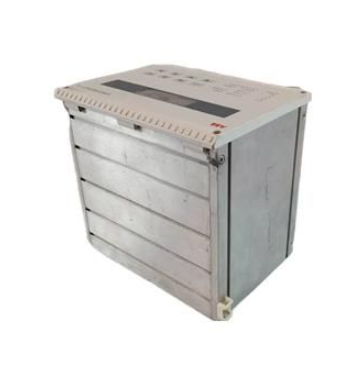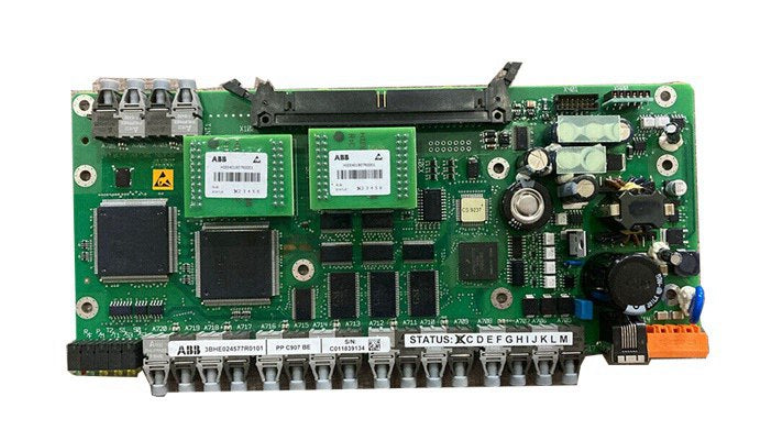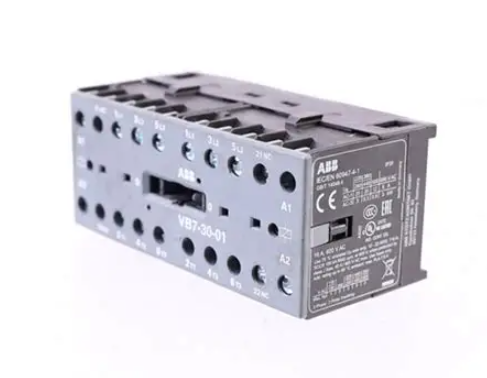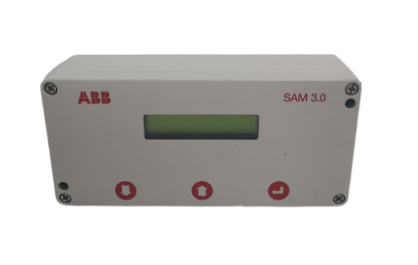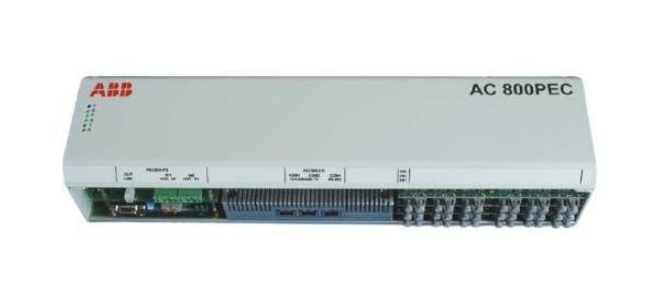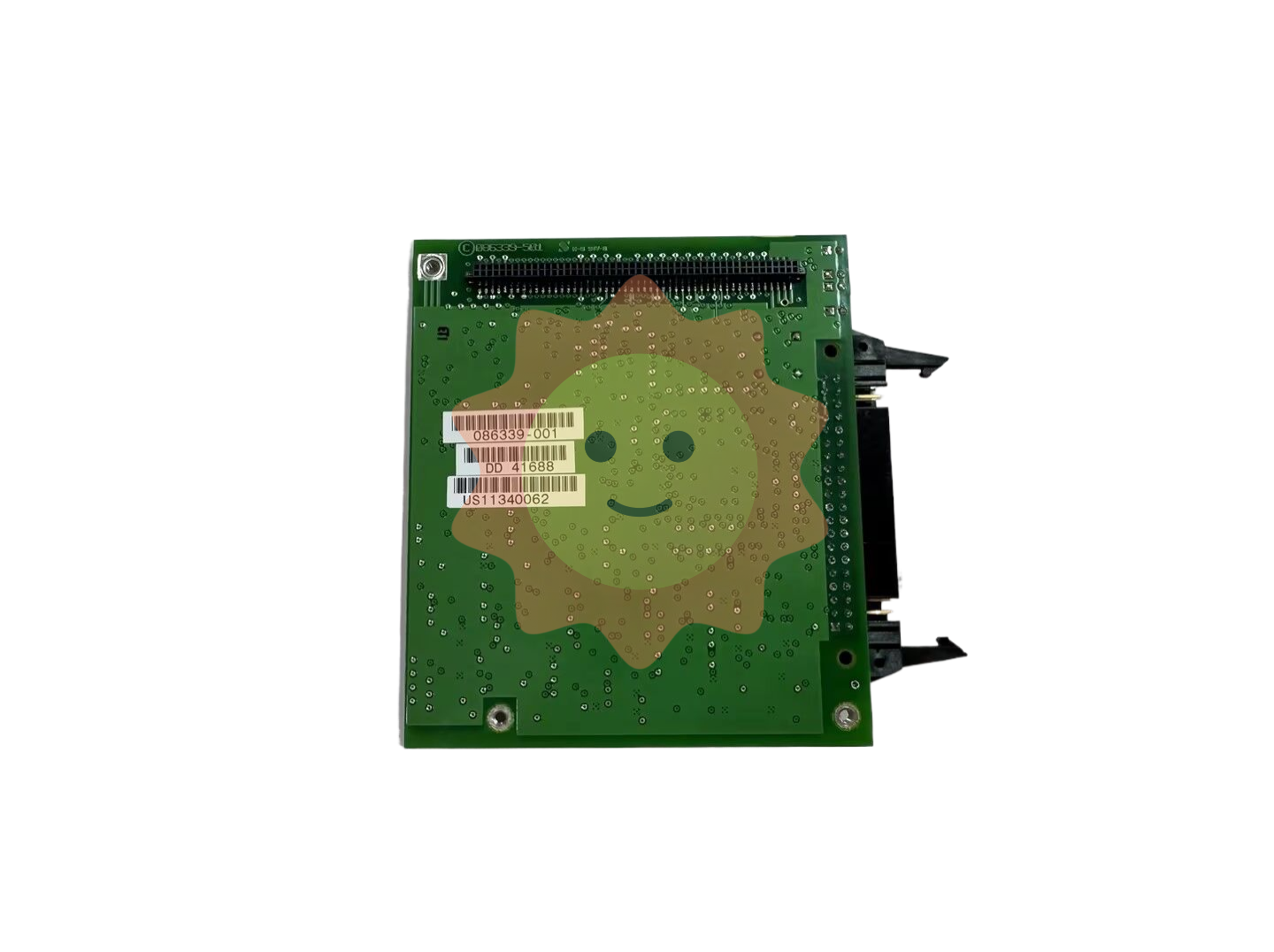Xycom 602939-01 XVME-203/293 Counter Module 70203-00
Xycom 602939-01 XVME-203/293 Counter Module 70203-00
Overview
The XVME-203 is a single-high, VMEbus-compatible board, using two AM9513A timer/counter de
vices to provide a total of ten 16-bit counting channels.
The timer/counter devices are fully program mable and capable of counting at a rate of up to 5 MHz.
In conjunction with the timer/counter devices,the XVME-203 employs an AM9519A Universal
Interrupt Controller to provide a complete interrupt structure via eight interrupt channels.
This interrupt structure allows for the selection of either a fixed interrupt vector for all eight channels or a separate vector for each individual channel.
The XVME-203 can also be used for a quadrature detection.
Advanced encoding circuitry allows the module to be used with as many as four quadrature transducers simultaneously.
Eight output channels (ten on the XVME-293) are available to provide a variety of utility functions
including: frequency output, one-shot output, fre quency division, and pulse generation.
Features
• High density digital I/O
• Single Eurocard size
• Bidirectional operation
• Buffered inputs and outputs
• Handshaking
• VMEbus interrupts
• Two 16-bit timers
Applications
• Translators for stepper motors
• Flow meters (turbine type)
• Voltage frequency converters
• Voltage-to-pulse width converters
• Duty-cycle control of heaters
• Quadrature encoders

Product Overview
Xycom 602939-01 XVME-203/293 Counter Module 70203-00 is a powerful counter module launched by Xycom, belonging to the XVME series products. This module is mainly used for precise counting and measurement of pulse signals, playing an important role in industrial automation, testing and measurement, motion control and other fields. By counting, measuring frequency, and measuring period of input pulse signals, accurate counting and timing information is provided to the system, helping to achieve precise control and monitoring functions.
Specification parameters
Input channels: Typically equipped with multiple independent counting input channels, there may be 4-8 high-speed counting channels, each of which can independently count and measure input pulse signals to meet multitasking processing requirements.
Counting range: With a wide counting range, it can achieve 32-bit or 64 bit unsigned counting, with a maximum counting range of 4294967295 (32-bit) or 1844674407909551615 (64 bit), ensuring accurate counting in various application scenarios.
Input signal type: It supports multiple input signal types, including TTL level signal, differential signal, etc., and can adapt to output signals of different sensors and equipment, with good compatibility. The frequency range of the input signal can generally reach several tens of kHz to several MHz, for example, it can support high-speed pulse input signals up to 5MHz, meeting the needs of high-speed counting and measurement.
Output function: Some models may have output functions, such as pulse output, comparison output, etc. The output signal can be used to trigger other devices or as a control signal to achieve collaborative work with external devices. The type and parameters of the output signal can be configured according to actual needs.
Communication interface: It may be equipped with standard communication interfaces such as RS-232, RS-485, Ethernet interfaces, etc., to facilitate data exchange and communication with other devices or control systems. Through the communication interface, the status and data of the counter can be read in real time, and the counter can also be remotely configured and controlled.
Working power supply: Powered by a DC power supply, the common working voltage range is+5V DC ± 5%,+12V DC ± 5%, or+24V DC ± 5%, depending on the product model. The power input has overvoltage and undervoltage protection functions to ensure that the module works properly in unstable power environments.
Working temperature range: capable of stable operation in harsh industrial environments, with a general working temperature range of -40 ℃ to+85 ℃ and a storage temperature range of -55 ℃ to+125 ℃, suitable for environmental conditions in different regions and industrial sites.
Core functions
Counting function: It is the core function of this module, which can accurately count the input pulse signals. Supports multiple counting modes, such as add count, subtract count, add/subtract count, reversible count, etc., and can be flexibly selected according to actual application needs. It can record the number of pulses in real-time and store the counting results in an internal register for the system to read and process.
Frequency measurement: It can accurately measure the frequency of the input pulse signal by counting the pulses within a certain period of time and calculating the frequency value of the signal based on the time interval. High measurement accuracy, able to meet the requirements of high-precision frequency measurement, widely used in fields such as motor speed measurement and vibration frequency monitoring.
Cycle measurement: In addition to frequency measurement, it can also measure the cycle of input pulse signals. By recording the time interval between adjacent pulses, the period of the signal can be calculated, providing important data for analyzing the characteristics of the signal.
Trigger function: It has multiple triggering methods, such as software triggering, hardware triggering, external triggering, etc. Accurate timing and control functions can be achieved by initiating counting, measurement, or output operations based on set triggering conditions. For example, when the input signal reaches the preset counting threshold or meets specific triggering conditions, the module can output a triggering signal to control the actions of other devices.
Data processing and storage: Internally integrated with a data processing unit, it can perform simple processing and analysis on the collected counting and measurement data, such as filtering, averaging, etc., to improve the accuracy and reliability of the data. At the same time, it has a certain data storage capacity, which can store historical counting data and measurement results, making it convenient for users to conduct data analysis and troubleshooting.
Working principle
Xycom 602939-01 XVME-203/293 Counter Module 70203-00 Receive pulse signals output by external devices (such as sensors, encoders, etc.) through input channels. When the pulse signal is input to the module, the internal counting circuit counts the pulse according to the set counting mode and stores the counting result in the corresponding register. For the frequency and cycle measurement function, the module works in conjunction with a timer and counter to count the input pulses within a certain period of time, and calculates the frequency and cycle values based on the counting results and time intervals. When the triggering conditions are met, the triggering circuit will generate corresponding triggering signals to control the output circuit or communicate with external devices. The module is connected to the external control system through a communication interface, transmitting counting, measurement, and status data to the control system, while receiving configuration and control instructions sent by the control system, achieving remote operation and management of the module.
Key advantages
High precision and high speed: Advanced counting and measurement technology is used to achieve high-precision counting and fast signal processing. Whether it is low-speed or high-speed pulse signals, it can accurately count and measure, ensuring the accuracy and reliability of data, and meeting the requirements of industrial automation and testing measurement for high precision and high speed.
Flexibility and Scalability: With rich functionality and flexible configuration options, users can choose different counting modes, triggering methods, communication protocols, etc. according to their actual application needs. At the same time, the module supports modular design, which can be easily combined and expanded with other XVME series modules to build more complex automation control systems, improving the adaptability and scalability of the system.
High reliability and stability: Using industrial grade components and strict production processes, the module undergoes rigorous testing and verification to ensure long-term stable operation in harsh industrial environments. Having good anti-interference ability, able to resist the influence of electromagnetic interference, power fluctuations and other factors, ensuring the accuracy of counting and measurement, reducing equipment failures and downtime.
Easy to integrate and use: Provides standard communication interfaces and a comprehensive software development kit (SDK) for easy integration with various control systems and software. Users can quickly implement module functions through simple programming and configuration, reducing development difficulty and costs. At the same time, the module is equipped with detailed user manuals and technical documents, providing users with comprehensive technical support and usage guidance.
Precautions
Installation and wiring: When installing modules, ensure that the installation environment is dry and ventilated, and avoid installing in environments with high temperature, humidity, corrosive gases, or strong electromagnetic interference. Strictly follow the requirements of the user manual for wiring, ensure correct power wiring, avoid reverse polarity or short circuit of the power supply, and prevent damage to the module. For the wiring of input and output signals, attention should be paid to matching the signal type and level to avoid module malfunction caused by signal mismatch.
Parameter configuration: Before using the module, it is necessary to correctly configure various parameters according to actual application requirements, such as counting mode, triggering method, communication protocol, etc. When configuring parameters, carefully read the user manual to ensure that the parameter settings are correct and error free. To avoid module malfunction or inability to meet application requirements due to parameter configuration errors.
Communication and compatibility: When communicating with other devices, ensure the compatibility of communication interfaces and protocols. Check if the connection of the communication cable is secure and if the communication parameters (such as baud rate, data bits, parity bits, stop bits, etc.) are set consistently. If there is a communication problem, you can refer to the troubleshooting guide in the user manual for inspection and resolution.
Maintenance and upkeep: Regularly inspect and maintain the module, clean the dust and dirt on the surface of the module, and ensure good heat dissipation of the module. Check if the wiring of the module is loose or aged, and replace it promptly if there are any problems. When the module is not used for a long time, it should be stored in a dry and ventilated environment to avoid moisture and damage. If the module malfunctions, it is necessary to promptly contact Xycom's technical support personnel or professional maintenance personnel for repair. Do not disassemble and repair it yourself to avoid causing greater damage.

- EMERSON
- Honeywell
- CTI
- Rolls-Royce
- General Electric
- Woodward
- Yaskawa
- xYCOM
- Motorola
- Siemens
- Rockwell
- ABB
- B&R
- HIMA
- Construction site
- electricity
- Automobile market
- PLC
- DCS
- Motor drivers
- VSD
- Implications
- cement
- CO2
- CEM
- methane
- Artificial intelligence
- Titanic
- Solar energy
- Hydrogen fuel cell
- Hydrogen and fuel cells
- Hydrogen and oxygen fuel cells
- tyre
- Chemical fiber
- dynamo
- corpuscle
- Pulp and paper
- printing
- fossil
- FANUC
- Food and beverage
- Life science
- Sewage treatment
- Personal care
- electricity
- boats
- infrastructure
- Automobile industry
- metallurgy
- Nuclear power generation
- Geothermal power generation
- Water and wastewater
- Infrastructure construction
- Mine hazard
- steel
- papermaking
- Natural gas industry
- Infrastructure construction
- Power and energy
- Rubber and plastic
- Renewable energy
- pharmacy
- mining
- Plastic industry
- Schneider
- Kongsberg
- NI
- Wind energy
- International petroleum
- International new energy network
- gas
- WATLOW
- ProSoft
- SEW
- wind
- ADVANCED
- Reliance
- YOKOGAWA
- TRICONEX
- FOXBORO
- METSO
- MAN
- Advantest
- ADVANCED
- ALSTOM
- Control Wave
- AB
- AMAT
- STUDER
- KONGSBERG
- MOTOROLA
- DANAHER MOTION
- Bently
- Galil
- EATON
- MOLEX
- Triconex
- DEIF
- B&W
- ZYGO
- Aerotech
- DANFOSS
- KOLLMORGEN
- Beijer
- Endress+Hauser
- MOOG
- KB
- Moxa
- Rexroth


Email:wang@kongjiangauto.com

